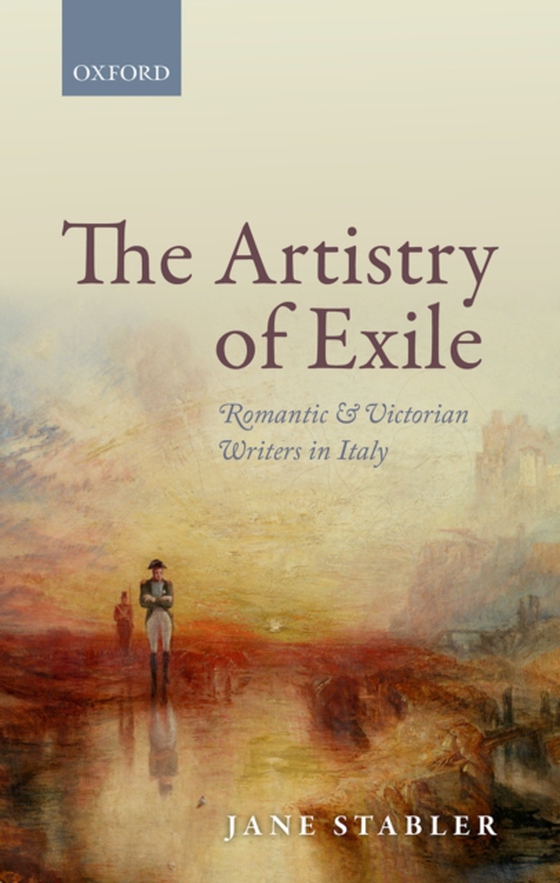
Artistry of Exile e-bog
948,41 DKK
(inkl. moms 1185,51 DKK)
The Artistry of Exile is a new reading of one of the most important themes of nineteenth-century literature. Exile represents a crisis in the always present tension between self and culture, the disturbance of memory, the quest for home, and the survival or not of life's heart quakes - all of which became identifying features of canonical Romanticism. Focusing on two interlinked groups of writ...
E-bog
948,41 DKK
Forlag
OUP Oxford
Udgivet
24 oktober 2013
Længde
296 sider
Genrer
1DBKE
Sprog
English
Format
pdf
Beskyttelse
LCP
ISBN
9780191510069
The Artistry of Exile is a new reading of one of the most important themes of nineteenth-century literature. Exile represents a crisis in the always present tension between self and culture, the disturbance of memory, the quest for home, and the survival or not of life's heart quakes - all of which became identifying features of canonical Romanticism. Focusing on two interlinked groups of writers who, for various reasons, felt cast out of England andsought refuge in Italy, this book traces the material and metaphoric dynamics of distance in poems, novels and epistolary conversations. The book brings into dialogue the self-alienation and existential antagonism of the Cain figure with the contingencies of real travel: conversations about writing desks, lostparcels of books, missing pans and stray camels. Domestic and cosmic perspectives mingle as the book reveals how writers realize the full resonance of Dante's vivid summation of exile in the taste of different bread and the difficulty of another man's stairs. As a country that only exists in the early nineteenth-century as a memory, Italy both embodies and energises formal attempts to bridge the distance created by exile in the work of the Byron-Shelley circle and the later Barrett-Browning-Browning collaboration. Examining these writers in relation to Italian art, sound, religion, narrative art and history, the book presents a new perspective on Romantic canonicity and relocates contemporary ideas of cosmopolitanism in the aesthetic, ethical and political debates of the late Romanticand early Victorian world.
 Dansk
Dansk

